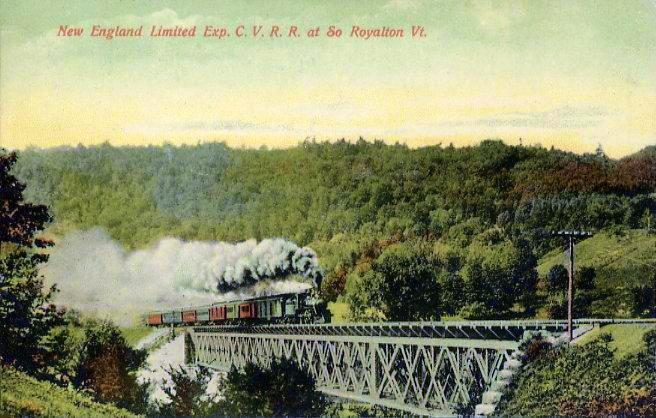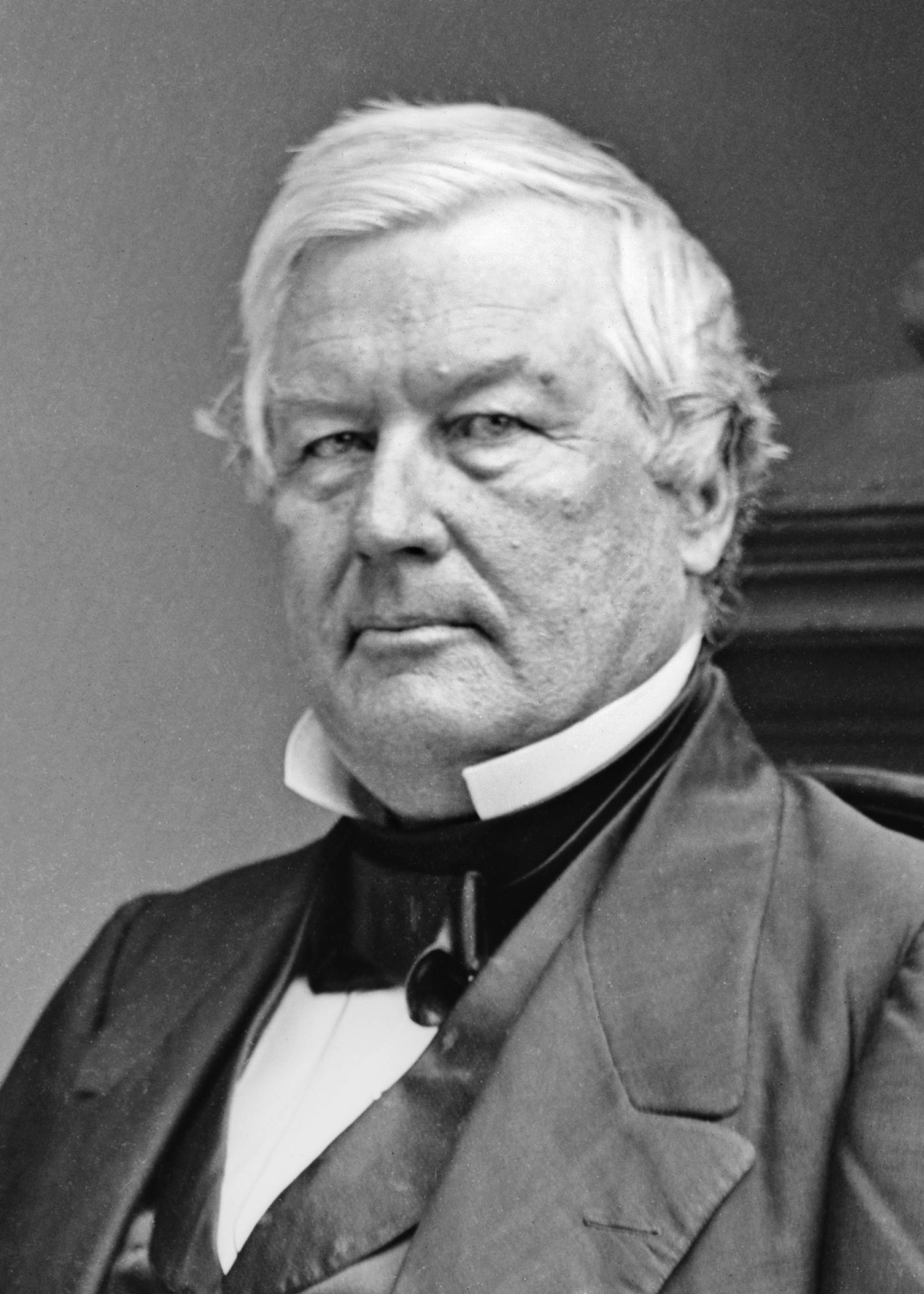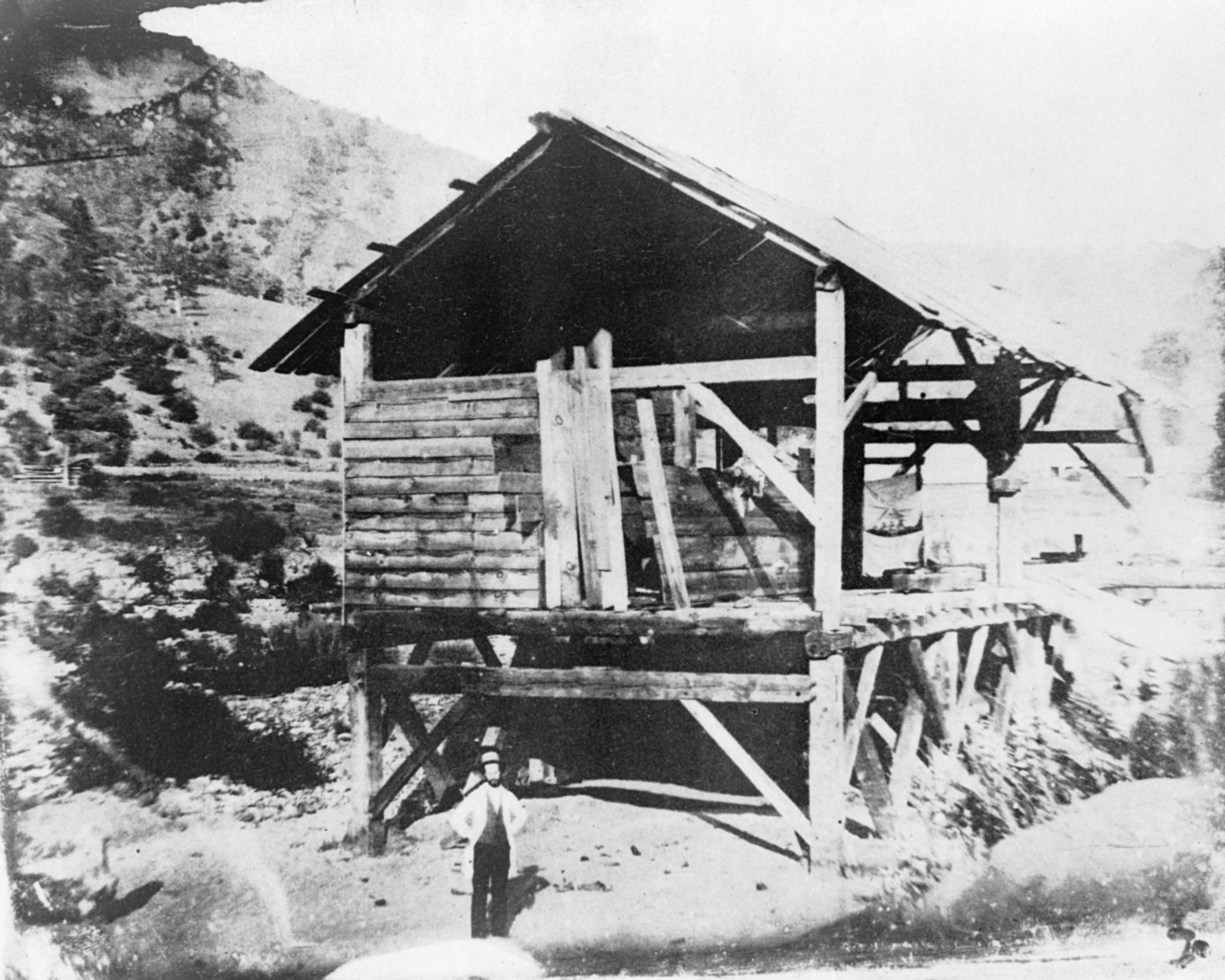|
Lucius B. Peck
Lucius Benedict Peck (November 17, 1802 – December 28, 1866) was an American lawyer and politician. He served as a U.S. Representative from Vermont. Biography Peck was born in Waterbury, Vermont, to General John Peck and Anna Benedict Peck. He pursued classical studies and attended the United States Military Academy in West Point, New York, for one year, before resigning due to poor health. He studied law with Vermont Supreme Court Justice Samuel Prentiss, and was admitted to the bar in 1825. Peck began the practice of law in Barre. He served as a member of the Vermont House of Representatives in 1838 and 1839. Peck moved to Montpelier, where he continued practicing law. Peck was elected as a Democrat to the Thirtieth and Thirty-first Congresses, serving from March 4, 1847, until March 3, 1851. During the Thirty-first Congress, he served as chairman of the Committee on Manufactures. Peck did not seek renomination in 1850, and was an unsuccessful candidate for Governor of V ... [...More Info...] [...Related Items...] OR: [Wikipedia] [Google] [Baidu] |
United States Attorney
United States attorneys are officials of the U.S. Department of Justice who serve as the chief federal law enforcement officers in each of the 94 U.S. federal judicial districts. Each U.S. attorney serves as the United States' chief federal criminal prosecutor in their judicial district and represents the U.S. federal government in civil litigation in federal and state court within their geographic jurisdiction. U.S. attorneys must be nominated by the President and confirmed by the Senate, after which they serve four-year terms. Currently, there are 93 U.S. attorneys in 94 district offices located throughout the United States, Puerto Rico, the U.S. Virgin Islands, Guam, and the Northern Mariana Islands. One U.S. attorney is assigned to each of the judicial districts, with the exception of Guam and the Northern Mariana Islands, where a single U.S. attorney serves both districts. Each U.S. attorney is the chief federal law enforcement officer within a specified jurisdiction, a ... [...More Info...] [...Related Items...] OR: [Wikipedia] [Google] [Baidu] |
West Point, New York
West Point is the oldest continuously occupied military post in the United States. Located on the Hudson River in New York, West Point was identified by General George Washington as the most important strategic position in America during the American Revolution. Until January 1778, West Point was not occupied by the military. On January 27, 1778, Brigadier General Samuel Holden Parsons and his brigade crossed the ice on the Hudson River and climbed to the plain on West Point and from that day to the present, West Point has been occupied by the United States Army. It comprises approximately including the campus of the United States Military Academy, which is commonly called "West Point". West Point is a census-designated place (CDP) located in the town of Highlands in Orange County, located on the western bank of the Hudson River. The population was 6,763 at the 2010 census. It is part of the New York–Newark–Jersey City, NY–NJ–PA Metropolitan Statistical Area as well as t ... [...More Info...] [...Related Items...] OR: [Wikipedia] [Google] [Baidu] |
1850 Vermont Gubernatorial Election
The 1850 Vermont gubernatorial election took place on September 3, 1850, and resulted in the election of Whig Party candidate Charles K. Williams to a one-year term as governor. Results References {{Vermont-election-stub 1850 Vermont Gubernatorial A governor is an politician, administrative leader and head of a polity or Region#Political_regions, political region, ranking under the Head of State, head of state and in some cases, such as governor-general, governors-general, as the head of ... October 1850 events ... [...More Info...] [...Related Items...] OR: [Wikipedia] [Google] [Baidu] |
Free Soil Party
The Free Soil Party was a short-lived coalition political party in the United States active from 1848 to 1854, when it merged into the Republican Party. The party was largely focused on the single issue of opposing the expansion of slavery into the western territories of the United States. The Free Soil Party formed during the 1848 presidential election, which took place in the aftermath of the Mexican–American War and debates over the extension of slavery into the Mexican Cession. After the Whig Party and the Democratic Party nominated presidential candidates who were unwilling to rule out the extension of slavery into the Mexican Cession, anti-slavery Democrats and Whigs joined with members of the abolitionist Liberty Party to form the new Free Soil Party. Running as the Free Soil presidential candidate, former President Martin Van Buren won 10.1 percent of the popular vote, the strongest popular vote performance by a third party up to that point in U.S. history. Thoug ... [...More Info...] [...Related Items...] OR: [Wikipedia] [Google] [Baidu] |
Horatio Needham
Horatio Needham (April 21, 1796–July 8, 1863) was a Vermont politician and lawyer who served as Speaker of the Vermont House of Representatives. Biography Horatio Needham was born in Whiting, Vermont on April 21, 1796. He was educated in the local schools and began to study law in 1817. Needham was admitted to the bar in 1821 and established a practice in Bristol. A Democrat who followed the tenets of the Free Soil movement, Needham was Bristol's Town Clerk for five years and a member of the board of selectmen for six. In 1849 Needham was the Free Soil nominee for governor, losing a close race to Whig Carlos Coolidge. He was a Delegate to the Vermont constitutional conventions of 1843, 1850 and 1857. Active in the state militia, in 1851 the Vermont General Assembly appointed Needham commander of the 3rd Brigade with the rank of Brigadier General. Needham was selected as the speaker of the Vermont House of Representatives The Vermont House of Representatives is the ... [...More Info...] [...Related Items...] OR: [Wikipedia] [Google] [Baidu] |
Central Vermont Railway
The Central Vermont Railway was a railroad that operated in the U.S. states of Connecticut, Massachusetts, New Hampshire, New York, and Vermont, as well as the Canadian province of Quebec. It connected Montreal, Quebec, with New London, Connecticut, using a route along the shores of Lake Champlain, through the Green Mountains and along the Connecticut River valley, as well as Montreal to Boston, Massachusetts, through a connection with the Boston and Maine Railroad at White River Junction, Vermont. History The Vermont Central Railroad was chartered October 31, 1843, to build a line across the center of Vermont, running from Burlington on Lake Champlain east to Montpelier, and then southeast and south to Windsor on the Connecticut River. Initial plans had the main line running through Montpelier. However, due to the difficulty of building through the Williamstown Gulf, a narrow valley south of Barre, Vermont, and to land interests of Charles Paine in Northfield, Vermont, a cou ... [...More Info...] [...Related Items...] OR: [Wikipedia] [Google] [Baidu] |
1852 Democratic National Convention
The 1852 Democratic National Convention was a presidential nominating convention that met from June 1 to June 5 in Baltimore, Maryland. It was held to nominate the Democratic Party's candidates for president and vice president in the 1852 election. The convention selected former Senator Franklin Pierce of New Hampshire for president and Senator William R. King of Alabama for vice president. Four major candidates vied for the presidential nomination - Lewis Cass of Michigan, the nominee in 1848, who had the backing of northerners in support of the Compromise of 1850; James Buchanan of Pennsylvania, popular in the South as well as in his home state; Stephen A. Douglas of Illinois, candidate of the expansionists and the railroad interests; and William L. Marcy of New York, whose strength was centered in his home state. Cass led on the first nineteen ballots of the convention, but was unable to win the necessary two-thirds majority. Buchanan pulled ahead on the twentieth ballot, ... [...More Info...] [...Related Items...] OR: [Wikipedia] [Google] [Baidu] |
Governor Of Vermont
The governor of Vermont is the head of government of Vermont. The officeholder is elected in even-numbered years by direct voting for a term of 2 years. Vermont and bordering New Hampshire are the only states to hold gubernatorial elections every 2 years, instead of every 4 as in the other 48 U.S. states. There is no limit on the number of terms a Vermont Governor can serve. If no candidate receives at least 50% plus one vote of all votes for Governor cast in the election, the Governor of Vermont is then elected by the state legislature.Constitution of Vermont Chapter 2, Section 20. The incumbent Vermont Governor is Republican Phil Scott. He was sworn in on January 5, 2017, becoming Vermont's 82nd Governor. Function The Governor's working offices are located in The Pavilion in the state capital of Montpelier, Vermont. The Governor's ceremonial office, used during the legislative session of the General Assembly, is located in the Vermont State House, also in Montpelier. The Co ... [...More Info...] [...Related Items...] OR: [Wikipedia] [Google] [Baidu] |
31st United States Congress
The 31st United States Congress was a meeting of the legislative branch of the United States federal government, consisting of the United States Senate and the United States House of Representatives. It met in Washington, D.C. from March 4, 1849, to March 4, 1851, during the 16 months of the Zachary Taylor presidency and the first eight months of the administration of Millard Fillmore's. The apportionment of seats in this House of Representatives was based on the Sixth Census of the United States in 1840. The Senate had a Democratic majority, while there was a Democratic plurality in the House. Major events * March 4, 1849: Zachary Taylor became President of the United States * June, 1849: Relations with France broke down as the French ambassador Guillaume-Tell de La Vallée Poussin engaged in "insulting and confrontational" behavior towards President Taylor, shortly after this a row erupted with France over reparations which France owed the United States. The President of F ... [...More Info...] [...Related Items...] OR: [Wikipedia] [Google] [Baidu] |
30th United States Congress
The 30th United States Congress was a meeting of the legislative branch of the United States federal government, consisting of the United States Senate and the United States House of Representatives. It met in Washington, D.C. from March 4, 1847, to March 4, 1849, during the last two years of the administration of President James K. Polk. The apportionment of seats in the House of Representatives was based on the Sixth Census of the United States in 1840. The Senate had a Democratic majority, and the House had a Whig majority. It was the only Congress in which Abraham Lincoln served. Major events * July 1, 1847: United States issued its first postage stamps * January 24, 1848: Gold found at Sutter's Mill, beginning the California Gold Rush * January 31, 1848: Washington Monument established * February 23, 1848: Former President John Quincy Adams, now a Congressman representing Massachusetts, dies in the Speaker's office after suffering a stroke in the House Chambers. * Jul ... [...More Info...] [...Related Items...] OR: [Wikipedia] [Google] [Baidu] |
Montpelier, Vermont
Montpelier () is the capital city of the U.S. state of Vermont and the seat of Washington County. The site of Vermont's state government, it is the least populous state capital in the United States. As of the 2020 census, the population was 8,074. However, the daytime population grows to about 21,000, due to the large number of jobs within city limits. The Vermont College of Fine Arts is located in the municipality. It was named after Montpellier, a city in the south of France. History The meadows and flats of the Winooski River were well known among natives for their corn-raising capacities. The natural site of Montpelier made it a favorite residence for the natives who first inhabited the land. The level plain of nearly two hundred acres of the rich farmland, sheltered from winds by the surrounding valley made the area comparatively warm and comfortable. Its position near the confluence of many streams allowed for favorable hunting, fishing, and trading. Native moun ... [...More Info...] [...Related Items...] OR: [Wikipedia] [Google] [Baidu] |
Barre (city), Vermont
Barre ( ) is the most populous city in Washington County, Vermont, United States. As of the 2020 census, the municipal population was 8,491. Popularly referred to as "Barre City", it is almost completely surrounded by " Barre Town", which is a separate municipality. Barre is often twinned with the nearby Vermont state capital of Montpelier in local media and businesses. It is the main city in the Barre-Montpelier micropolitan area, which has nearly 60,000 residents and is Vermont's third largest metropolitan area after those of Burlington and Rutland. Barre is also Vermont's fifth largest city. History On November 6, 1780, the land was granted to William Williams and 64 others. Originally called Wildersburgh, it included what is today both the town and city of Barre. It was first settled in 1788 by John Goldsbury and Samuel Rodgers, together with their families. But dissatisfied with the name Wildersburgh, citizens renamed the town after Isaac Barré, a champion of the A ... [...More Info...] [...Related Items...] OR: [Wikipedia] [Google] [Baidu] |
_crop.jpg)

.jpg)




